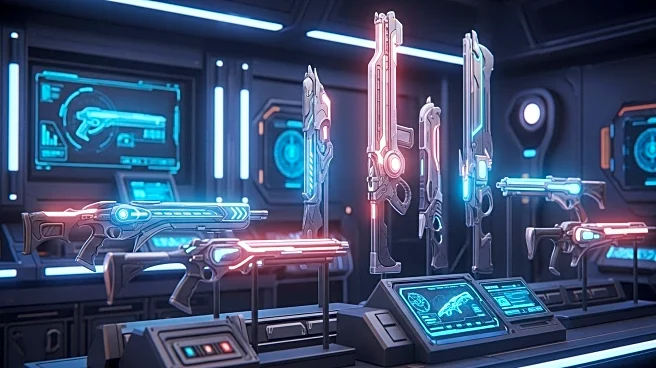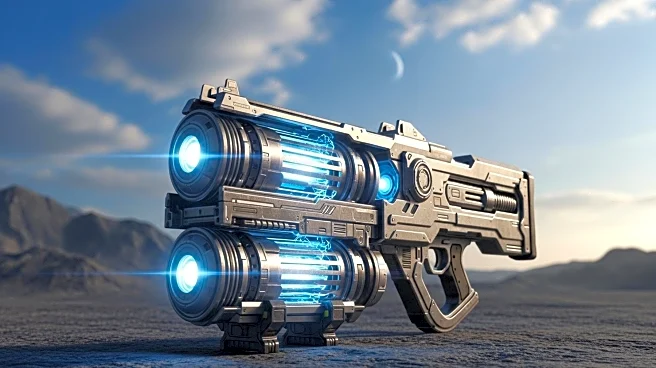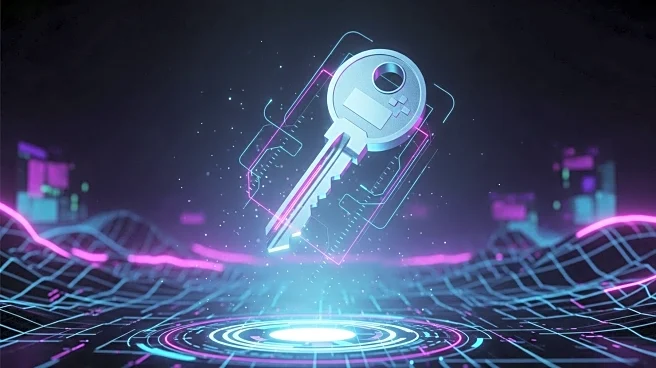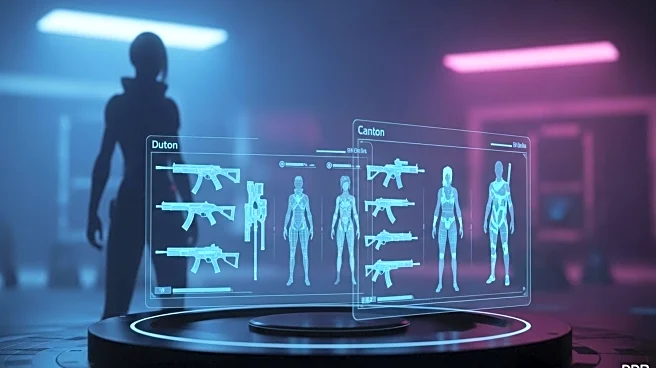What's Happening?
A dedicated Borderlands 4 player, known as Siphonicfir, has conducted an extensive analysis of the game's legendary drop rate by defeating 3,000 bosses. The findings, shared on a subreddit, reveal a drop rate of only 5 percent, which the player argues is disappointingly low compared to previous installments like Borderlands 2, which had a 10 percent drop rate. Siphonicfir suggests that increasing the drop rate to 10 percent would enhance the gaming experience by reducing frustration and making legendary items feel more rewarding. The player highlights that the current drop rate results in long stretches without significant rewards, which could lead to player dissatisfaction.
Why It's Important?
The analysis by Siphonicfir underscores a critical aspect of game design in loot shooters, where the balance between challenge and reward is pivotal for player engagement. A low drop rate can lead to player frustration and potentially decrease the game's popularity, impacting Gearbox's reputation and sales. Increasing the drop rate could improve player satisfaction and retention, fostering a more positive community around Borderlands 4. This issue is significant for the gaming industry as it highlights the importance of listening to player feedback and adjusting game mechanics to maintain interest and enjoyment.
What's Next?
Gearbox, the developer of Borderlands 4, is currently addressing weapon balancing issues and planning future content updates. The company may consider Siphonicfir's feedback and adjust the drop rate in upcoming patches. Additionally, Gearbox is preparing for the release of new content, such as the Invincible update, which aims to provide players with challenging experiences. The developer's response to player feedback and its approach to balancing the game will be crucial in shaping the future of Borderlands 4 and maintaining its player base.
Beyond the Headlines
The discussion around drop rates in Borderlands 4 highlights broader themes in game design, such as the ethical considerations of reward systems and their impact on player behavior. The balance between rewarding players and maintaining challenge is a delicate one, influencing how players perceive value and fairness in gaming. This case also reflects the growing influence of player communities in shaping game development, as developers increasingly rely on feedback to refine and improve their products.










